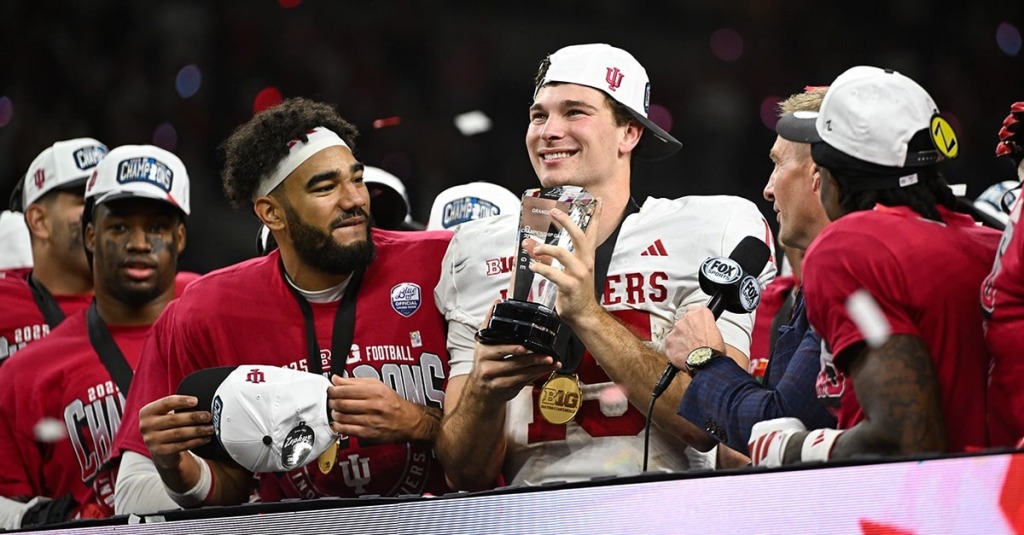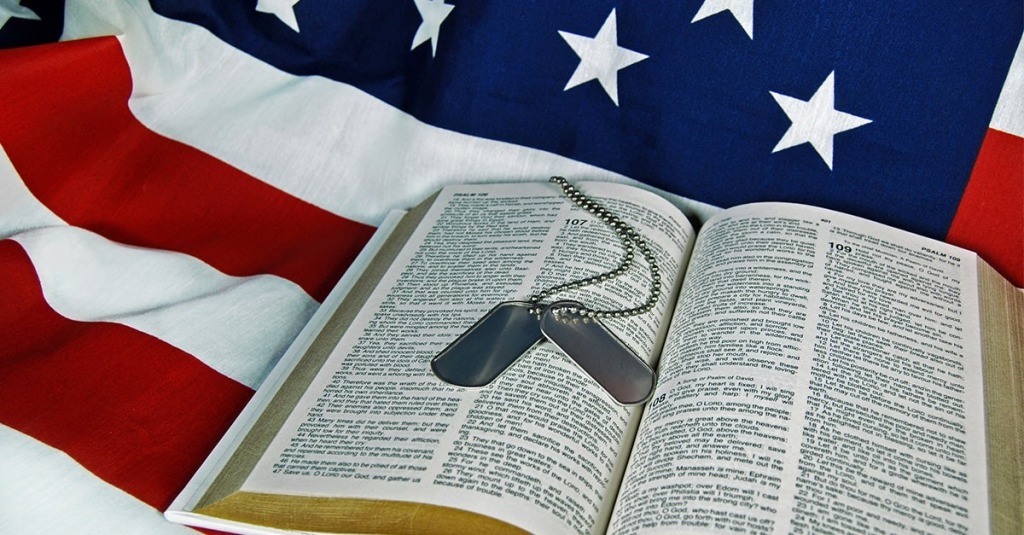“Not only do arguments for slavery and arguments for abortion resemble each other, they are actually inherently connected in that the pro-abortion position is in fact systemic racism.”
–Virgil Walker
William Wilberforce (1798–1833), a Christian, British politician, and philanthropist, is most famously remembered as an abolitionist. Wilberforce battled with the British Parliament for more than thirty years to end the practice of slavery. His efforts would culminate in the passage of The Slavery Abolition Act of 1833. Wilberforce died three days after learning of the act’s passage through parliament.
While the name Wilberforce is familiar to many, few are familiar with Josiah Wedgewood. Wedgewood’s antislavery medallion was used by abolitionist movements in Britain, France, and the United States. In 1787, Wedgewood, a potter, crafted a ceramic medallion of a black male slave, shackled and kneeling. The medallion included the inscription, “Am I not a man and a brother?” The medal would become the seal of the Abolitionist Society and a symbol of the antislavery movement.
The medallion’s appeal targeted the human sensibilities of all people. The slave, too, was a man (a human) and a brother. Therefore, he deserved to be valued with treatment reflective of an image-bearer of God.
In our current cultural milieu, it’s not uncommon to think we are the first generation of people to address challenging issues. We often lose sight that some of the most intense cultural battles have happened at a high cost to those involved.
As the battle against abortion heats up in our day, it’s essential to recognize that the struggle for human dignity is not new. It’s a battle that spans the whole of human history. The same battle for human dignity fought by men like Wilberforce and Wedgewood is being fought today to defend the dignity of the preborn.
The feminist argument “my body my choice” is a borrowed idea from the time of slavery. It was slaveowners arguing in the courts for personal autonomy and private property: “my slave, my property.”
Currently, abortion advocates find themselves in the crosshairs of this battle. Pro-choice positions require cognitive dissonance to believe that what’s forming in a mother’s womb is not completely human from the start.
Since 1973 with the passing of Roe v. Wade, a staggering 63 million lives have been erased. Add to this the number of untold women suffering the damaging effects to the soul after an abortion. Many have yet to find forgiveness for their sin through Christ.
As the issue of abortion moves to the states, arguments from the pro-choice movement will increase in the coming days. However, the inherent similarities between rhetoric used to defend slavery and pro-choice rhetoric has revealed three essential ideas of note:
- Pro-choice arguments mirror those of the proponents of slavery.
- Abortion applied is systemic racism.
- Pro-choice politicians desire to maintain the slave plantation.
Pro-Choice Arguments and Slavery
There’s a common ideological thread between the white supremacist and the modern feminist. Arrogance and self-indulgence combine to fuel the choices at the heart of their mission.
The feminist motto is “my body, my choice.” And while personal autonomy has its place, the body inside her body is not her body. The child’s body inside her is not her private property to do with as she sees fit. The baby in her womb is a separate human being with unique DNA. No woman has two heads, four arms, and two hearts.
Once a woman becomes pregnant, her teleological function is to prioritize the body taking form inside her. As pregnancy is established, a woman recognizes that there are things she can no longer do as a responsible mother.
The feminist argument, “my body my choice” is a borrowed idea from the time of slavery. It was slaveowners arguing in the courts for personal autonomy and private property: “my slave, my property.” Sadly, for many years, this argument worked. Why? Because legally, the slave was indeed his owner’s property.
The Supreme Court decision of Dred Scott v. Sanford determined that slaves were property. Scott, born a slave, moved to a free state after his owner died. Later, Scott returned to the slave state of Missouri and petitioned the courts to be a free man. His case would eventually be heard by the Supreme Court, which ruled that a Negro did not possess the right of citizenship and could not petition the Court for freedom. Dred Scott would return to a slavemaster as property. “My slave, my property” was the law of the land until the 13th and 14th Amendments to the Constitution.
The feminist has successfully copied this playbook and has used it to their advantage.
Feminists also argue that the baby in the womb is not fully human but rather a “clump of cells.” This argument takes on many forms. However, at its core, the goal is the same—justification for the termination of a pregnancy.
Proponents of this position hold varying ideas on when the “clump of cells” becomes a human being.
While protesting the recent Supreme Court decision in Dobbs v. Jackson, Amanda Herring had the words “not fully human yet” written on her pregnant belly. In the photo, Herring appears to be in the third trimester of pregnancy. It’s Amanda’s position that the child in her womb is not fully human until it takes its first breath.
While positions like Amanda’s have numerous problems, the core arguments about when a human is fully human are fundamentally the same that were used in defense of slavery.
Samuel Morton, the father of scientific racism, was involved in the pseudo-science of craniometry in the late 1800s. Using craniometry, Morton measured the postmortem skulls he obtained, separating them into different races. He categorized the skulls by meticulously measuring the sizes of the brain cavity of more than 2,000 skulls he’d collected.
In a National Geographic article titled, There’s No Scientific Basis for Race—It’s a Made-Up Label, writer Elizabeth Kolbert exposes the false science of Samuel Morton, writing,
Morton’s ‘craniometry’ showed, he claimed, that whites, or ‘Caucasians,’ were the most intelligent of the races. East Asians—Morton used the term ‘Mongolian’—though ‘ingenious’ and ‘susceptible to cultivation’ were one step down. Next came Southeast Asians, followed by Native Americans. Blacks, or ‘Ethiopians,’ were at the bottom. In the decades before the Civil War, Morton’s ideas were quickly taken up by the defenders of slavery.
In the same way that the defenders of slavery used Morton’s pseudo-science to justify the inhumanity of slavery (claiming blacks were less than human), modern feminists ignore actual science to justify the cruel decision to murder a baby in the womb.
Pro-Choice and Systemic Racism
Not only do arguments for slavery and arguments for abortion resemble each other, they are actually inherently connected in that the pro-abortion position is in fact systemic racism.
The devasting impact of abortion on communities of color is unparalleled. According to the CDC 2019 report, black and Hispanic women account for 60% of the 629,898 abortions reported.
By comparison, lynching was a practice used by racists to frighten poor blacks into “staying in line.” A report completed by the Equal Justice Initiative discovered that from 1865 to 1950 (86 years), 6,500 blacks suffered the brutal torture of lynching. This staggering number pales by comparison to the 239,361 black babies murdered in the womb by abortion in one year.
What systemic slavery, segregation, and Jim Crow were unable to accomplish in 86 years, the pro-choice movement has been undeterred in continuing in communities of color.
Pro-Choice and the Plantation
The sad irony of all of this is that, similar to the days of slavery, many blacks are the ones perpetuating this new form of systemic racism.
During the days of slavery, maintaining the status quo was the role of the “House negro.” It was his role to help the slaveowner maintain the status quo on the plantation. He accomplished this by delivering the slave owner’s message to the slaves in the field, often using fear to keep them in line. In return, the house negro enjoyed the same benefits of living in the house near the master.
In the current conversation about abortion, media outlets continue with endless stories that the Dobbs decision will significantly impact poor black communities. The constant drumbeat of fear emphasizes the intended message. However, stories like these suggest a desire to continue the systemically racist onslaught of devastation in communities of color.
Today, as in the days of slavery, politicians are delivering the same detrimental messages to their people.
For example, Georgia gubernatorial candidate Stacey Abrams leverages fear to encourage abortions. Abrams’s position provides no explicit limit on abortions, while the vast majority of Americans approve of limits. Abrams also cites health inequities for black women as problematic. Black women have 3X higher mortality rates than white women in childbirth. Instead of examining the problem associated with this disparity and fixing it, Abrams’s solution? Greater access to abortion. This is detrimental to blacks as abortion disproportionately impacts their community. Perhaps Abrams thinks that the murder of a child in the womb is preferable to any inconvenience to the mother. This is wicked.
Final Thoughts
From the beginning, humanity has consistently suffered mistreatment by one another. Why is the maltreatment of another human being a problem?
Scripture tells us that unlike any other aspect of God’s created order, He (God) uniquely and specifically designed mankind (man and woman) in His image and likeness—Imago Dei (Genesis 1). The result? Mankind uniquely possesses intrinsic value, dignity, and worth assigned by God (not the Government).
The biblical worldview recognizes sin as the source of man’s problems. And the origin of that source dates back to the beginning of Adam & Eve (Genesis 3). Thereafter, the congenital effect of sin is immediately demonstrated in their offspring, two brothers Cain and Abel, as Cain kills his brother (Genesis 4).
Our country’s founders acknowledged this intrinsic human value in its founding documents when declaring independence from British rule.
We hold these truths to be self-evident, that all men are created equal, that they are endowed by their Creator with certain unalienable Rights, that among these are Life, Liberty and the pursuit of Happiness. –Preamble of the Declaration of Independence
Our day requires another form of independence. This independence is the need to be free independent thinkers. We need to reject the godless ideologies that have us bound. And that will occur when we rightfully acknowledge that we must repent of our sins and turn to a loving God, trusting the gospel and loving our neighbor. That would also include loving our preborn neighbor.
Virgil Walker is a guest author with the Standing for Freedom Center. Virgil serves as the executive director of operations at G3 Ministries where this post was originally published.





